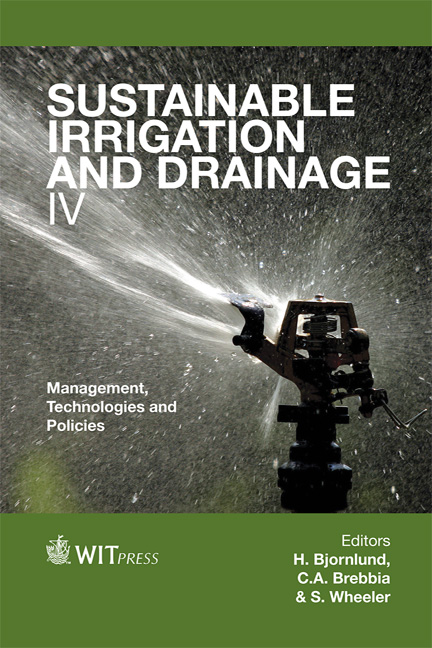Utilization Of Sweet Potato Starch Wastewater For Biofertilizer Production By Bacillus Amyloliquefaciens
Price
Free (open access)
Transaction
Volume
168
Pages
6
Page Range
237 - 242
Published
2012
Size
334 kb
Paper DOI
10.2495/SI120201
Copyright
WIT Press
Author(s)
C. Zhou, S. Xu, M. Zhang, Y. Chen X. Guan, S. Wu & Z. Bai
Abstract
Effluents from the sweet potato starch industry possess a high load of Chemical Oxygen Demand (COD) (10–35 g/l). The treatment of such wastewater by conventional activated sludge processes consumes a lot of energy, resulting in high treatment costs. A plant growth promoting bacterium (PGPB) Bacillus amyloliquefaciens strain EBL11 was isolated from soil. The isolate EBL11 performed a good capacity of promoting tea plant growth, which indicated that the strain can be used as a nonchemical alternative biofertilizer. In this study, we investigated the carbon and nutrient rich industrial processing effluents of sweet potato wastewater (SPW) as substrate for the cultivation of the biofertilizer strain EBL11. The isolate EBL11 can grow well using SPW as the culture media. The maximum yield of 8.7×109 CFU/ml of the isolate EBL11 was reached in 18 h at 32°C, pH 7.0 using the SPW as substrate. In conclusion, it is feasible to develop a hybrid biotechnological process, integrating the production of environmental friendly biofertilizer with treatment of intractable wastewater. Keywords: Bacillus amyloliquefaciens, biofertilizer, plant growth promoting bacteria, sweet potato starch wastewater, tea.
Keywords
Bacillus amyloliquefaciens, biofertilizer, plant growth promoting bacteria, sweet potato starch wastewater, tea.





